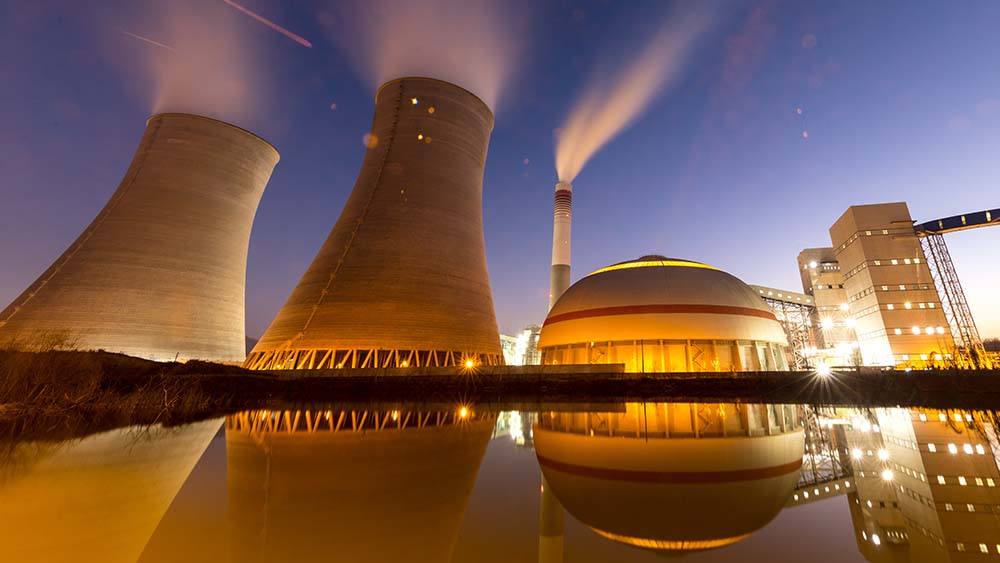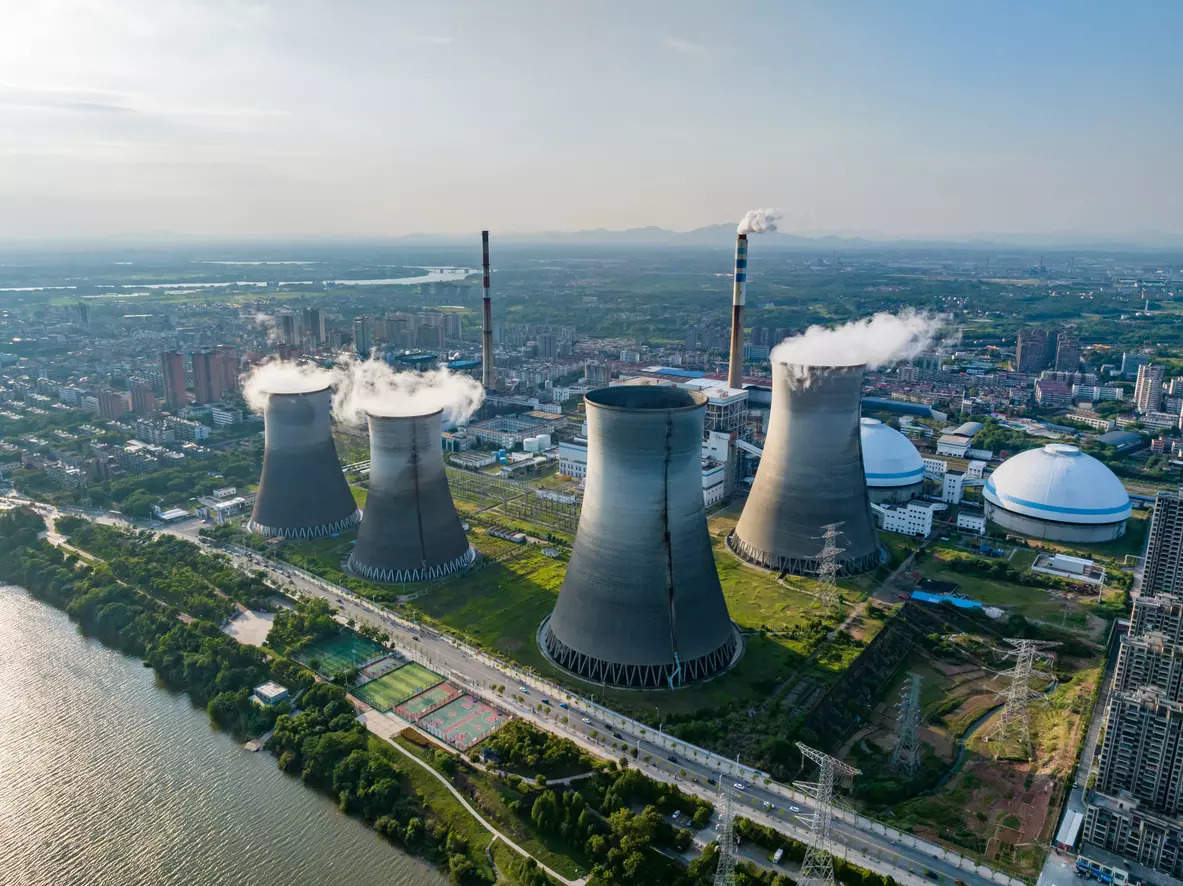
Myths About Nuclear
- Common myths about nuclear energy being controversy day by day.
- Myth of nuclear: dangerous, unmanageable, harms the environment, only developed countries have the capacity, viewed as a non-renewable energy.
- Potential of nuclear use: Deep Space Missions, Sustainable Power Sources, Interstellar Travel.
Myths and Facts about Nuclear Energy
Nuclear energy is one of the most controversial energy sources. While it is recognized as an alternative that can reduce dependence on fossil fuels, many people still hold negative perceptions of it. This article will discuss several common myths about nuclear energy and explain the underlying facts.
Myth 1: Nuclear Energy is Extremely Dangerous
One of the biggest myths about nuclear energy is that it is always dangerous. Incidents like Chernobyl and Fukushima have reinforced this view. However, it’s important to understand the context of these events.
In reality, nuclear technology has made significant advancements in safety. Modern reactors are equipped with multiple safety systems designed to prevent accidents. According to the International Atomic Energy Agency (IAEA), the risk of nuclear accidents has significantly decreased due to technological innovations and stricter regulations.
Myth 2: Nuclear Energy Produces Hazardous Waste That is Difficult to Manage
Many believe that nuclear waste is unmanageable and will contaminate the environment indefinitely. While radioactive waste is indeed hazardous, advancements in nuclear waste management technology have enabled many countries to handle this waste more effectively.
Nuclear waste can be categorized into three types: low-level, intermediate-level, and high-level waste. Low and intermediate-level waste can be processed and stored safely, while high-level waste, which is highly radioactive, can be stored in deep geological formations. Countries like Finland have developed long-term storage solutions that can ensure the safety of nuclear waste for thousands of years.

Myth 3: Nuclear Energy is Not Environmentally Friendly
Some argue that nuclear energy harms the environment. However, when we consider the carbon footprint, nuclear energy is one of the cleanest energy sources available. During operation, nuclear power plants do not produce greenhouse gas emissions.
According to an IAEA report, nuclear energy has helped avoid over 60 gigatons of CO2 emissions since 1971. In contrast to fossil fuels, which can cause air pollution and climate change, nuclear energy provides a cleaner and more sustainable alternative.
Baca Juga
- Indonesia’s New President Has A Military Background, Will Nuclear Become Energy?
- China Plans to Cut Out Carbon Dioxide (CO2) on 2035
Myth 4: Nuclear Energy is Only Available to Developed Countries
There is a misconception that only developed countries have the capacity to develop nuclear energy. In reality, several developing nations have also harnessed nuclear energy. For example, Brazil and Argentina have developed successful nuclear programs. With increasingly affordable technology and better access to resources, more countries are exploring the potential of nuclear energy.
Myth 5: Nuclear Energy is Non-Renewable
Nuclear energy is often viewed as a non-renewable energy source, similar to fossil fuels. However, there are forms of nuclear energy that can be renewable, such as nuclear fusion. Fusion, which is the process that powers the sun, promises virtually limitless energy with far less waste compared to the fission currently in use. Although fusion is still in the research phase, if successful, it could revolutionize the way we produce energy.

Myths: Nuclear Energy and Space Exploration, Harnessing Fission for Interstellar Missions
A prevalent myth surrounding nuclear energy is that it is inherently unsafe for space missions, largely due to high-profile accidents like Chernobyl and Fukushima. This paragraph dispels this myth and explores the potential of nuclear energy in space exploration. Many people assume the dangers of nuclear energy on Earth apply to space. However, historical data and technological advancements show otherwise.
1. Safety and Technological Advances. NASA has established stringent safety protocols for nuclear systems in spacecraft. Radioisotope Thermoelectric Generators (RTGs), used in missions like Voyager and Mars rovers, have proven safe and reliable.
Baca Juga
- Nuclear More Popular For Energy In Deep Space
- Nuclear: Clean Energy Could Be Hero For Indonesia From Coal Mining Disaster
2. Controlled Environment: The vacuum of space minimizes many risks associated with nuclear accidents on Earth. Spacecraft are designed to endure harsh conditions, significantly reducing the chances of catastrophic failure.
3. Historical Success: RTGs have powered over 30 successful missions, demonstrating the reliability of nuclear energy in space.
Potential: The Future of Nuclear Energy in Space Exploration
1. Deep Space Missions: Nuclear propulsion systems, such as Nuclear Thermal Propulsion (NTP), offer greater efficiency than chemical rockets, making them ideal for deep space exploration.
2. Sustainable Power Sources: Nuclear power can provide a continuous energy supply for lunar and Martian habitats, supporting long-term human presence and research.
3. Interstellar Travel: Nuclear technology could address the challenges of interstellar travel, with concepts like Project Orion proposing nuclear propulsion methods.

Conclusion
The myth of nuclear energy’s inherent danger overlooks significant safety advancements. Embracing nuclear technology could unlock new frontiers in space exploration and enhance our understanding of the universe.
Nuclear energy is often surrounded by myths and misconceptions that can obscure important facts about its potential and safety. Despite challenges, significant progress has been made in nuclear technology and waste management. Nuclear energy could play an integral role in a global strategy to combat climate change and meet future energy demands. With a better understanding and a more informed approach, we can view nuclear energy as a sustainable and safe solution. With a clearer understanding of nuclear energy, we can overcome fears and move towards a more sustainable future.
#ZonaEBT #SebarTerbarukan #EBTHeroes
Editor: Savira Oktavia
References:



Comment closed